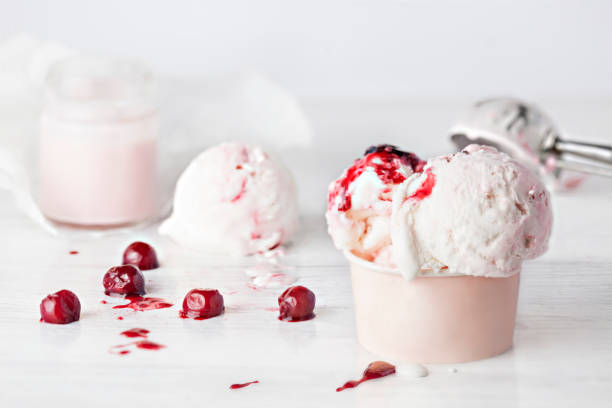Who invented tea, and how is it made?

There is an online dispute between tea lovers and those who swear to remain loyal to Coffee for all eternity.
Tea is the clear winner, even though many people prefer Coffee. It has a more significant historical value, more varieties, and the ability to mix with other ingredients.
Metaphorically, the word “tea” is so powerful. So many things can be said about tea, such as where it came from when it was first consumed, which civilizations it is associated with, and how the word spread worldwide.
This article focuses on these issues.
Basic or Herbal?
Basic tea is a beverage that comes from the tea plant. It is also known as unblended or plain tea because it contains no other ingredients. There are also five basic types.
Herbal tea is any herbal or spice infusion that has been heated. The beverage is not made with tea powder, but it’s still called that in the West for some reason. Thousands of herbal teas are available thanks to the wide variety of herbs and spices.
Blended tea is the third option. This tea beverage is made from natural ingredients and blended with others. Earl Grey is a popular type. Earl Grey is a blend of black tea and bergamot.
The birth
It is made of leaves from a plant named Camellia sinensis. This plant is from East Asia and specifically China. In many countries, tea and chai refer to the same drink. In India, however, chai is a regular black tea mixed with flavored milk, herbs, and spices. Since prehistoric times, Camellia sinensis has been grown in China. The Chinese believed they ate the leaves of this plant, either raw or cooked, hundreds of years ago before making drinks. According to legend, Shen Nung was the Chinese Emperor who invented the glasses. This is the way it goes.
In 2737 BC, Emperor Shen Nung was relaxing under a tree. He didn’t know that it was a Camellia Sinensis. Some leaves fell from the tree into his servant’s pot as he was boiling water. The Emperor, who was very interested in herbal medicine, wondered how the drink would taste. Someone else would have asked their servants to dispose of the infused drink. But luckily for us, the Emperor didn’t. He dried the leaves, added them to boiling water, and drank it.
The Process
Why do we turn tea into pellets and then process it? Why not infuse the tea leaves directly into the water? Wouldn’t this be more beneficial regarding taste, health benefits, and taste? Not exactly.
The opposite is true. The processing of tea intensifies the taste, aroma, and color. The result is a better drinking experience. The stages of the tea-making process can also be changed to produce a different variety. In a moment, we will discuss five primary types of unblended green tea.
How is it made, then?
The process is pretty simple. The leaves are picked, dried, crushed, and boiled. Each stage becomes more complex when manufacturing tea on a larger scale.
This process involves a series of steps that involve fermentation or oxidation. The oxidation process alters the chemical composition of leaves and enhances their flavor, color, texture, and aroma. The pellets have a sweet taste and are not bitter.
Withering
The leaves are dried in two stages, solar and indoor.
After harvesting the leaves, they are left to dry in the air and exposed to indirect sunlight. The master who supervises the entire process determines the duration. The oxidation begins when the leaves are exposed to the sun. The leaves are then moved inside for a few more hours to continue the oxidation process. The water in the leaves begins to evaporate.
Disruption
Disruption can also be called bruising. This stage is to speed up the oxidation of the leaves. After a few hours of withering inside, the leaves will be moved to a bruising drum, a wooden rotating drum.
The machine rotates and tears the leaves. The engine turns, allowing more oxygen to enter the cells and continue to oxidize enzymes. Tearing leaves removes the bitter taste of the leaves by removing any water left in them.
Fixation
Once the leaves are sufficiently oxidized, it’s time to stop oxidation between 10% and 90 %. Fixation is the process that does this.
In this case, the majority of its green color is still retained. It still includes a large part of its green color. An 85% oxidized leaf is browner than green because its enzymes have already reacted to oxygen.
To stop oxidation, the leaves are placed in a heated rotating dryer where they tumble around for 10 to 15 mins to dry. The taste and smell of the final product are primarily due to this process. It is, therefore, essential.
Crushing
It is now time to transform the dried leaves into pellets. A leaf rolling press and a leaf kneading device are used for this. These two machines crush the leaves and produce shots that have a more pungent taste.
Firing
The pellets must be almost completely dried, with no moisture. They are then dried in large ovens for an hour at 180degC. Once the shells have dried, they are ready to be packaged, sold, and shipped.



Leave a Comment